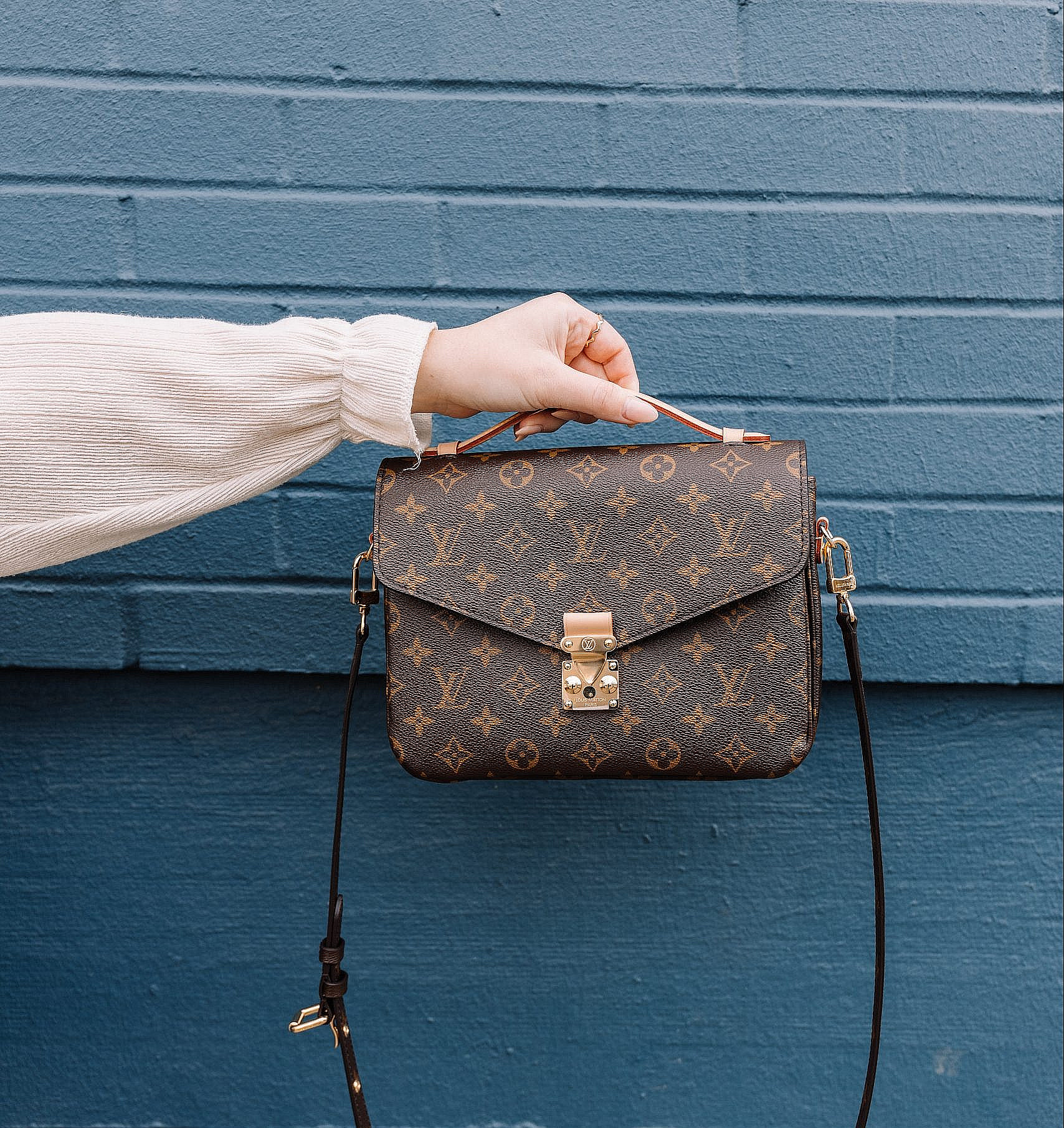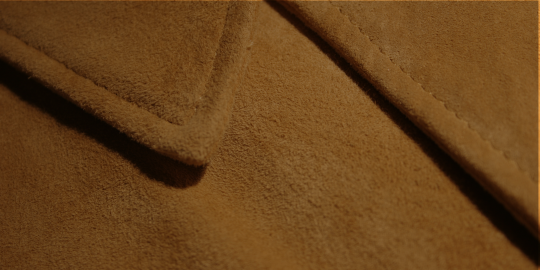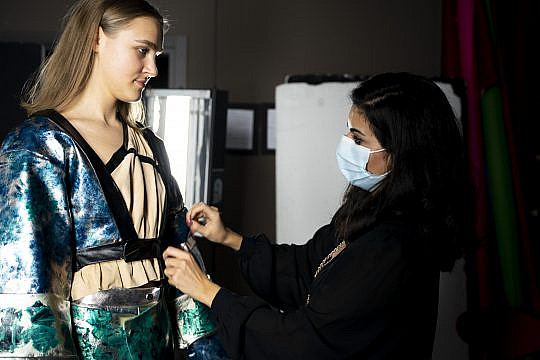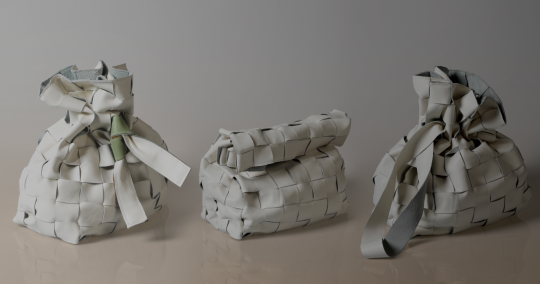From apprenticeship to multi-billion-pound luxury leather industry, the story of Louis Vuitton spans nearly 200 years
In 1837, 16-year-old Louis Vuitton arrived in Paris to be apprenticed to master baggage craftsman Monsieur Maréchal.
He stayed there for 17 years, learning his craft inside out, before leaving to open his own workshop (or atelier, in French) at 4 Rue Neuve-des-Capucines near the Place Vendome. The long apprenticeship served him well. By 1859 he was expanding his business, opening a bigger atelier in Asnières near the centre of Paris.
This atelier produces Louis Vuitton products to this day. The part of the building that was the family home has been preserved and is now part of a private museum, but 170 craftsmen work in the Asnières workshop, designing and creating leather goods for clients around the world.
Originally, the makers of luggage trunks tended to use wood and canvas. It was not until well into the 20th century that Louis Vuitton became a company known for the luxury of leather.
In 1876, Louis Vuitton introduced a beige and brown stripe design to make his luggage stand out from the rest and those colours are still big identifiers of the brand, along with the LV logo. M. Vuitton’s manufacturing company was so successful he opened his first shop in 1885. It was in London’s Oxford Street – quite an achievement.
In 1892, Louis Vuitton died, and management of the expanding company passed to his son, George who set about building the company into a worldwide corporation. In 1913, the Louis Vuitton building opened on the Champs-Elysees in Paris. It was the world’s largest travel goods store.
The famous Keepall bag was released in 1930, followed by the Speedy bag. Both are still produced today.
In the middle of the 20th century, Louis Vuitton began to use leather in most of its products, which by then ranged from small purses and wallets to large travel trunks.
In 1966, the cylindrical, leather Papillon bag was introduced. Instantly popular then, it remains so today.
Louis Vuitton grew steadily over the rest of the century, opening stores throughout the world and in 1987 the company merged with Champagne manufacturers Moët et Chandon and brandy makers Hennessy to form LVMH, the luxury goods conglomerate that exists to this day.
In 1997, Louis Vuitton launched its first “prêt-à-porter” line of clothing for men and women, after appointing Marc Jacobs as artistic director.
In 2019, Louis Vuitton was placed first in BrandZ’s top 10 most valuable luxury brands. The company’s worth was estimated at $47.2 billion. Quite a journey from the days of the ambitious, 16-year-old apprentice.








